Dr. Daniel Siegel on The Mindsight Approach for Children and Adolescence from Daniel J. Siegel
$299.00 $89.00
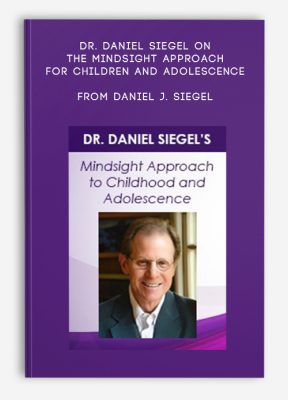
Dr. Daniel Siegel on The Mindsight Approach for Children and Adolescence Integration Techniques for the Mind and the Developing Brain from Daniel J. Siegel, Tina Payne Bryson
Archive : Dr. Daniel Siegel on The Mindsight Approach for Children and Adolescence from Daniel J. Siegel
Get Dr. Daniel Siegel on The Mindsight Approach for Children and Adolescence from Daniel J. Siegel on Salaedu.com
New York Times bestselling author and world-renowned neuropsychiatrist Daniel J. Siegel, M.D., has developed the Mindsight approach, which provides a unique understanding of the brain and developing mind. Built on decades of research, his approach expertly illuminates the science of how the young mind is wired, and provides brain integration strategies to support healthy development and achieve lasting change in the child’s or adolescent’s life.
Drawing from Dr. Siegel’s 30+ years of psychotherapy experience, as well as new research in the field of interpersonal neurobiology, you’ll learn simple, easy to master skills and interventions that will transform your practice and improve treatment outcomes. You’ll also discover easy ways to incorporate play techniques and other creative approaches to understand the child and adolescent mind.
In this comprehensive course, you’ll learn from one of the pioneers in the field of neurobiology about the developing mind of children. Join Dr. Siegel as he explores how to understand children and adolescents, respond more effectively to difficult situations, and build a foundation for social, emotional and mental health.Here’s everything that’s included in this innovative and powerful course:
Explore the changing child brain and learn creative strategies to treat anxiety, affective disorders, disruptive behavior disorder and executive functioning.
- Hear the latest scientific research, with a special emphasis on neuroplasticity and the changing brain
- Learn practical treatment strategies through case example demonstrations
- Master the 12 Whole-Brain strategies to help kids move from reactivity to resilience
Between the ages of 12 and 24, the brain changes in important, and oftentimes maddening, ways. Explore how brain development affects teenage behavior and relationships.
- Discover the essence of the adolescent brain and how science dispels popular myths
- Understand the clinical implications of the four pillars of adolescence and how these pillars are essential characteristics for both the individual development and for the health of our species
- Learn how to work with adolescents as individuals, as well as adolescence as an age group, for more effective treatment results
Learn how you can use play for the clinical evaluation of a child or adolescent, because how a person plays reveals ways in which mental well-being may be present or impaired.
- Understand the role of play in the development of mental well-being
- View a demonstration of using play activities for successful treatment of PTSD, OCD, anxiety disorders and depression
- Discover how easy it is to incorporate play techniques and other creative approaches such as rhythmic movement, non-verbal alignment, improvisation and musical vocalizations into your practice
Get Dr. Daniel Siegel on The Mindsight Approach for Children and Adolescence from Daniel J. Siegel on Salaedu.com
In this presentation, Dr. Siegel will offer insights into hyper-rational thinking, impulsivity, changes in the dopamine drive for reward, and increases in the emotional reactivity of the brain to illuminate many of the potential risk factors during these transformative years of life. Rather than seeing adolescence as a period of immaturity or dysfunction, this view suggests that the essence of adolescence — the emotional spark, social engagement, novelty-seeking, and creative explorations — can best be harnessed by supporting these important aspects of our human development.
(PDF WORKBOOK DOWNLOAD)
By Daniel J. Siegel, M.D., and Tina Payne Bryson, Ph.D.
This workbook has a unique, interactive approach that allows readers not only to think more deeply about how the ideas fit their own parenting approach, but also develop specific and practical ways to implement the concepts — and bring them to life for themselves and their children.
(PDF WORKBOOK DOWNLOAD)
By Daniel J. Siegel, M.D., and Tina Payne Bryson, Ph.D.
Discipline less on autopilot by developing a set of principles and strategies based on your own family dynamics. These stories, reflections, and exercises will help you think more deeply about the way you communicate with your kids, and provide opportunities for peaceful and nurturing conflict resolution.
Dr. Daniel J. Siegel shares his knowledge and experience in three engaging modules, which include teaching videos, powerful exercises, and valuable practical guidance. Click here for course objectives and outline.
Review all the course materials at your own pace and at your convenience! Access all course videos and materials online forever. Plus, use the CE21 Mobile™ app to access the course content on-the-go, wherever and whenever you want on your mobile devices. Watch your email for the order confirmation and link to get immediate access to all course videos and materials online.
You’ll have the opportunity to instantly collaborate with other professionals on the course materials through interactive message boards. You’ll be part of a community of practitioners all focused on these materials, providing valuable opportunities to share insight and experiences, and to build your professional network.
Complete your online CE tests and earn up to 20.75 CE Hours! Click here for total course CE Credit and approval details specific to your profession.
1 review for Dr. Daniel Siegel on The Mindsight Approach for Children and Adolescence from Daniel J. Siegel
Add a review Cancel reply
Related products
HEALTH - FITNESS - LIFESTYLE - MEDICAL
HEALTH - FITNESS - LIFESTYLE - MEDICAL
HEALTH - FITNESS - LIFESTYLE - MEDICAL
Fast Confidence [How To Be More Confident │Confidence Building] from Sharon Melnick, Ph.D.
HEALTH - FITNESS - LIFESTYLE - MEDICAL
HEALTH - FITNESS - LIFESTYLE - MEDICAL
HEALTH - FITNESS - LIFESTYLE - MEDICAL
HEALTH - FITNESS - LIFESTYLE - MEDICAL
Somatic Interventions for Treating Complex Trauma with Janina Fisher, Ph.D. from Janina Fisher
HEALTH - FITNESS - LIFESTYLE - MEDICAL


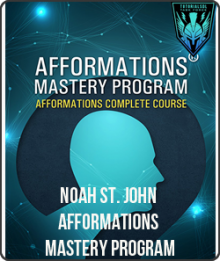

![Fast Confidence [How To Be More Confident │Confidence Building] from Sharon Melnick, Ph.D.](https://tradersoffer.forex/wp-content/uploads/2017/05/Sharon-Melnick-Ph.D.-Fast-Confidence-How-To-Be-More-Confident-│Confidence-Building-220x261.png)
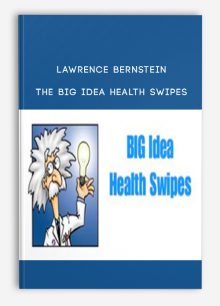
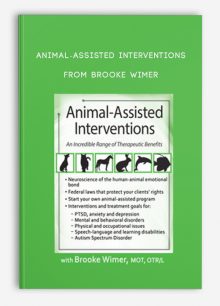
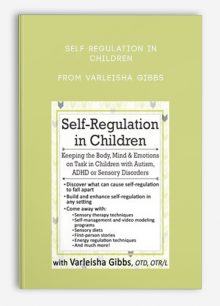
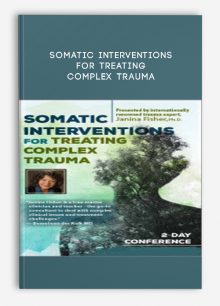
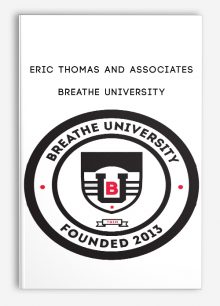
king –
We encourage you to check Content Proof carefully before paying.
“Excepted” these contents: “Online coaching, Software, Facebook group, Skype and Email support from Author.”
If you have enough money and feel good. We encourage you to buy this product from the original Author to get full other “Excepted” contents from them.
Thank you!